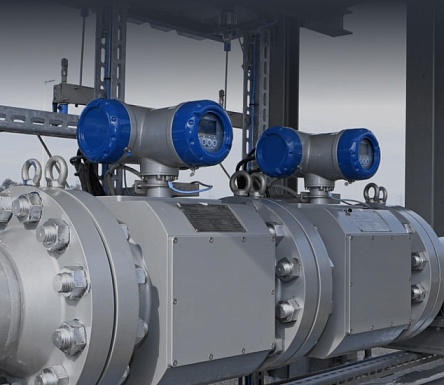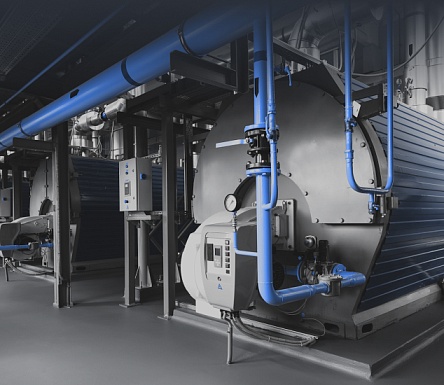Heat pumps transfer thermal energy from a low-grade heat source to a commercially useful temperature level.
TYPES OF HEAT PUMPS
Depending on the principle of operation, heat pumps are divided into classes: compression and absorption. Compression heat pumps are always powered by mechanical energy (electricity), while absorption heat pumps can also use heat as an energy source (using electricity or fuel).
ADVANTAGES OF COMPRESSION HEAT PUMPS
The main advantage of this type of heat pumps is their high efficiency, the highest among modern heat pumps. The ratio of supplied external and pumped energy can reach 1:3 - that is, for every Joule of supplied energy, 3 J of heat will be pumped out of the cooling zone. In this case, the compressor can be separate, and the heat it produces (1 J) does not have to be released into the external environment in the same place where the 3 J of heat pumped out of the cooling zone are released.
DISADVANTAGES OF COMPRESSION HEAT PUMPS
The disadvantages of these heat pumps include, firstly, the very presence of a compressor, which inevitably creates noise and is subject to wear, and secondly, the need to use a special refrigerant and maintain absolute tightness throughout its entire working path.
ADVANTAGES OF ABSORPTION HEAT PUMPS
The main advantage of absorption heat pumps is the ability to use not only expensive electricity for their operation, but also any heat source of sufficient temperature and power - superheated or exhaust steam, flame of gas, gasoline and any other burners - up to boiler exhaust gases, etc.
The second advantage of these units is the ability to create designs that do not contain moving parts, and therefore are virtually silent.
DISADVANTAGES OF ABSORPTION HEAT PUMPS
The main disadvantage of this type of heat pumps is lower efficiency compared to compression pumps.
The second disadvantage is the complexity of the design of the unit itself and a fairly high corrosion load from the working fluid, either requiring the use of expensive and difficult-to-process corrosion-resistant materials, or reducing the service life of the unit to 5...7 years. As a result, the cost of the hardware is significantly higher than that of compression units of the same capacity.



